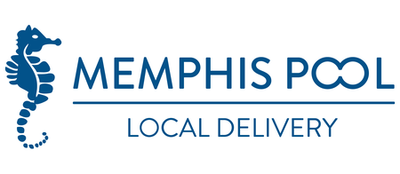Priming The Pool Pump
Priming starts the suction that gets water moving through the pump to create circulation in the pool. Most modern pumps are self-priming; however, when the water gets drained from the pump, it sometimes needs to be re-primed before it can get started.
Basic Priming
1. Check the water level in the pool. Water is sometimes lost during maintenance, and there might not be enough in the pool to fill the skimmer. Sometimes the pump will not prime unless filled to the very top of the skimmer.
2. Check the water path. Many times, priming problems are not related to the pump, but to some obstruction. Check the main drain and the skimmer throat for leaves, debris, or other obstructions. With the pump turned off, open the strainer pot lid, remove the basket, and dispose of the leaves and debris.
3. Close all suction valves and fill the pump strainer pot full until the water overflows the basket. Reseal the pump lid and open the skimmer valve. Immediately, turn on the pool pump and watch for flow. Once good flow is achieved, open the remaining valves one at a time, purging air from each line individually.
Still Won’t Prime?
1. Repeat steps 1 through 3 above two or three times. Refill the pump pot and be sure to close the valve in between each filling. This draws the water closer and closer to the pump each time until it can hold a prime.
2. If the pump still won’t prime, there may be additional problems in the plumbing or pump that may require the help of a trained Service Technician.
What To Do When Your Pump Quits Priming
The most common culprit responsible for poor pump performance is water. Water problems may be due to rain, poor filter cleaning, or pipe breakage. In all cases, you should first dry the motor and let it sit for 24 hours before trying to start it up again. Even a small amount of moisture can short the motor.
Other Basic Problems Include the Following:
Motor will not start.
Check the breaker panel, and try resetting the breaker. If the breaker continues to trip, call a pool professional for service.
Motor hums but will not start.
The impeller may be jammed with debris. Turn off the breaker, and spin the shaft by hand. If it won't turn freely, open the pump and clear the obstruction.
Motor makes loud noises or vibrates.
This is most often caused by worn out bearings. If the motor still runs loud or vibrates, the bearings are to blame. This problem can also be caused by a bent shaft, although that is not common.
Related Articles:
